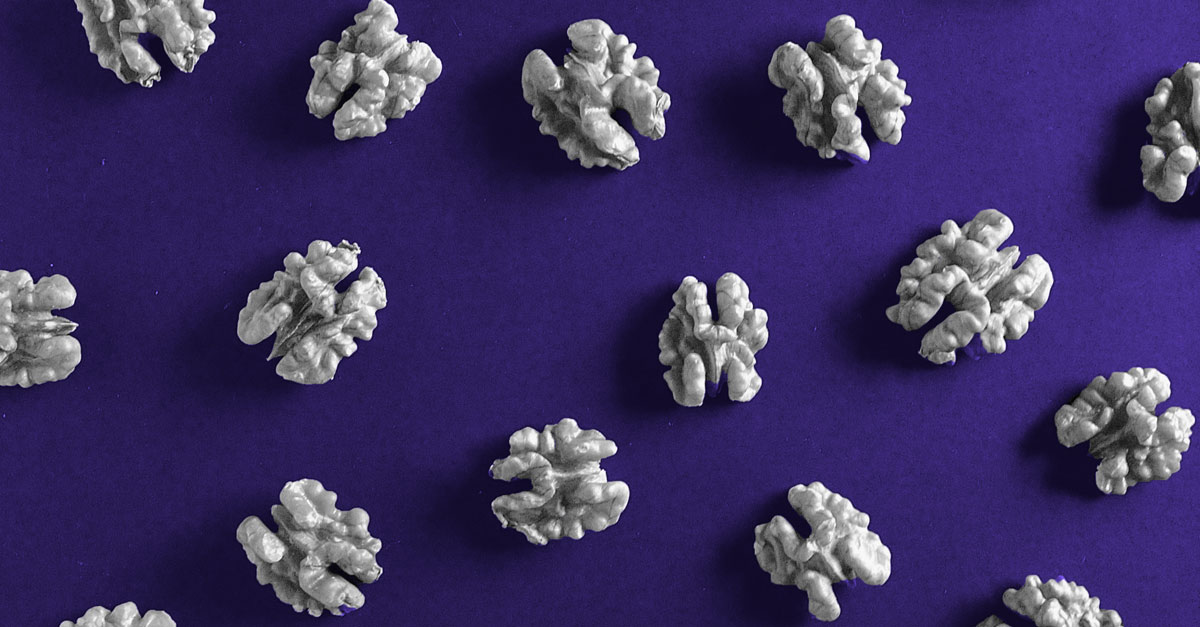In September 2023, the Journal of Clinical Oncology published, the long-awaited, “RANO 2.0: Update to the Response Assessment in Neuro-Oncology Criteria for High- and Low-Grade Gliomas in Adults.” Intended to overcome the limitations of Response Assessment in Neuro-Oncology (RANO) criteria for high-grade gliomas (RANO-HGG) and low-grade gliomas (RANO-LGG), these revised criteria also address challenges that have emerged when integrating features of the modified RANO (mRANO) or the immunotherapy RANO (iRANO) criteria in imaging assessments in clinical trials.
Here we review key considerations for utilizing RANO criteria in assessing glioblastoma treatments.
Image Acquisition
Contrast-enhanced brain MRI should be acquired per Brain Tumor Imaging Protocol (BTIP) (Ellingson et al, Neuro-Oncology, 2015). Pre- and post-contrast T1w imaging (slice thickness ≤ 1.5 mm) and T2w / FLAIR (slice thickness ≤ 4 mm) in axial plane are required; supplementary planes are highly recommended. Ideally, scanner, sequence, and acquisition parameter consistency are recommended for the accuracy of longitudinal assessments.
Going to ASCO 2024?
Meet Calyx’s Medical Imaging Experts at Booth 10098
Additional Resources
Learn how Calyx de-risks glioblastoma trial imaging

“The introduction of RANO 2.0 will drive consistency for researchers and regulators in the evaluation of product efficacy.”
– Elif Sikoglu, PhD, Sr. Medical Director, Calyx
Choosing the Assessment Criteria
The presentation of disease at baseline and over time can vary significantly depending on the type of brain tumor. Despite glioblastomas being solitary tumors, they often have different morphologies and may contain multiple regions in different stages of malignant degeneration. Hence, it is critical to select and diligently implement the right criteria for disease assessment in glioblastoma clinical trials (i.e. RANO-HGG vs. RANO-LGG vs. modified RANO (mRANO) vs. immunotherapy RANO (iRANO)).
RANO 2.0 criteria authors intend to unite all the earlier RANO versions into one, for all grades of IDH-mutated gliomas, and other glial tumors, regardless of the specific therapies being evaluated. However, this unification still holds some additional considerations due to the complexities of brain tumors and their potential treatments.
For example, for HGG the enhancing disease as captured in contrast-enhanced T1w imaging would represent the disease, and bi-dimensional measurement on the most representative slice would be sufficient to capture the cross-sectional area, i.e., the state of the disease and its change over time. For LGG, the entirety of the tumor (i.e. including non-enhancing) as captured in T2w/FLAIR may be needed and due to the characteristics of the typical LGG over time, volumetric characterization at each time point may still be needed
Highlights from RANO 2.0
- Use post-radiotherapy scan as baseline:Especially for newly diagnosed glioblastoma, the post-radiotherapy MRI (~4 weeks post from the end of radiotherapy) as opposed to post-surgery MRI, will be utilized as baseline to evaluate the disease progression and/or treatment response. This approach assumes that clinical trial randomization will take place after radiotherapy. For patients not undergoing radiotherapy, the post-surgery MRI will be used as the baseline. The duration between the baseline scans and the initiation of therapy should not exceed 2 weeks.
- Confirmation of PD scan 3 months post-radiotherapy: Additional confirmatory scans (at 4- or 8-week intervals) are required for treatment decisions due to high incidence of pseudoprogression within 12 weeks after radiotherapy. In addition, for treatments with a high likelihood of pseudoprogression, mandatory confirmation of progression with a repeat MRI is highly recommended to prevent pre-mature progression determination.
- Two-dimensional measurements remain the accepted approach for quantification of disease cross-sectional area for capturing the enhancing lesions for HGG as well as non-contrast enhancing lesions for LGG. The more advanced approaches, including volumetric assessments, diffusion and/or perfusion imaging or PET imaging, remain valuable options to provide further insight. However, these additional assessments come with challenges regarding the implementation of acquisition and assessments within multi-site clinical trials, resulting in additional cost and study complexity.
- Clinical deterioration as well as corticosteroid information remain crucial components for response assessment. Further guidance on the adaptation of the Neurologic Assessment in Neuor-Oncology (NANO) scale can benefit further standardization of assessments.
Conclusion
The introduction of RANO 2.0 is a positive step for glioblastoma assessments within clinical trials as it will drive consistency for researchers and regulators in the evaluation of product efficacy. However, for optimum efficacy assessment, it remains critical for researchers to consider the specifics of the patient population, study design, as well as the treatment approach, and to adapt the needed nuances in the application of criteria.
















